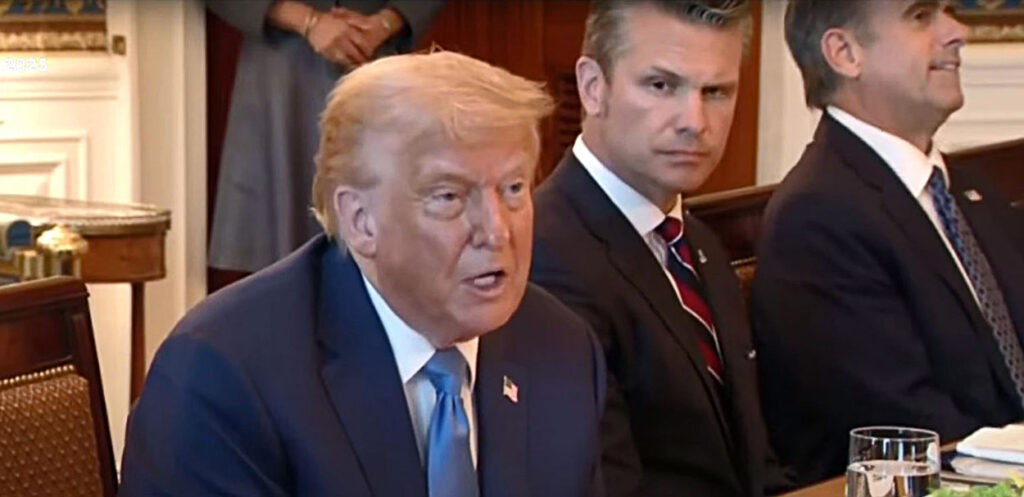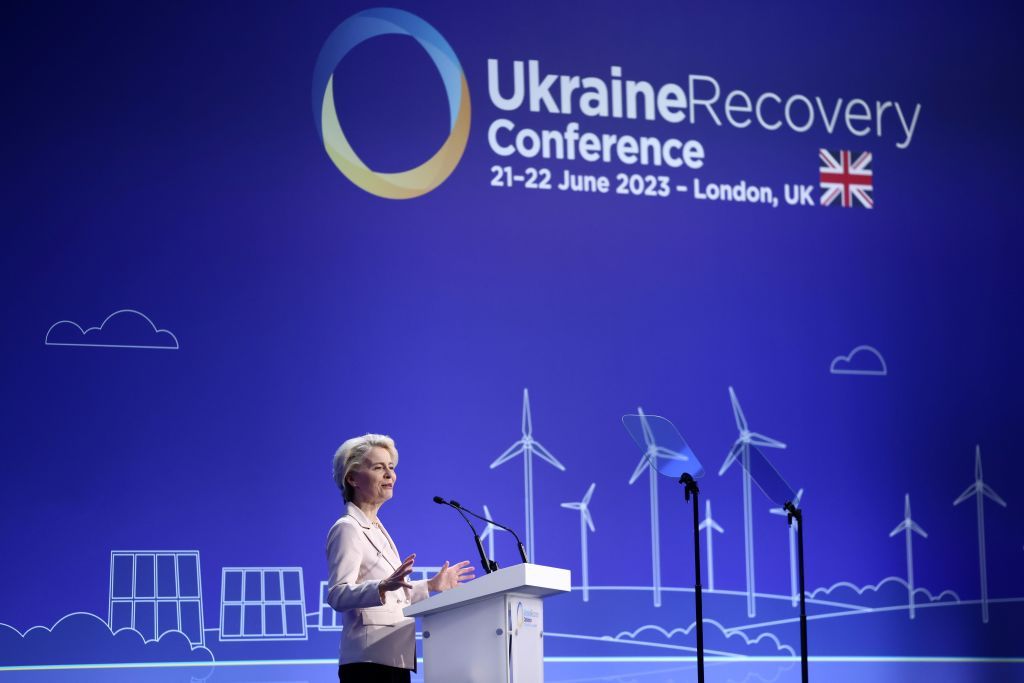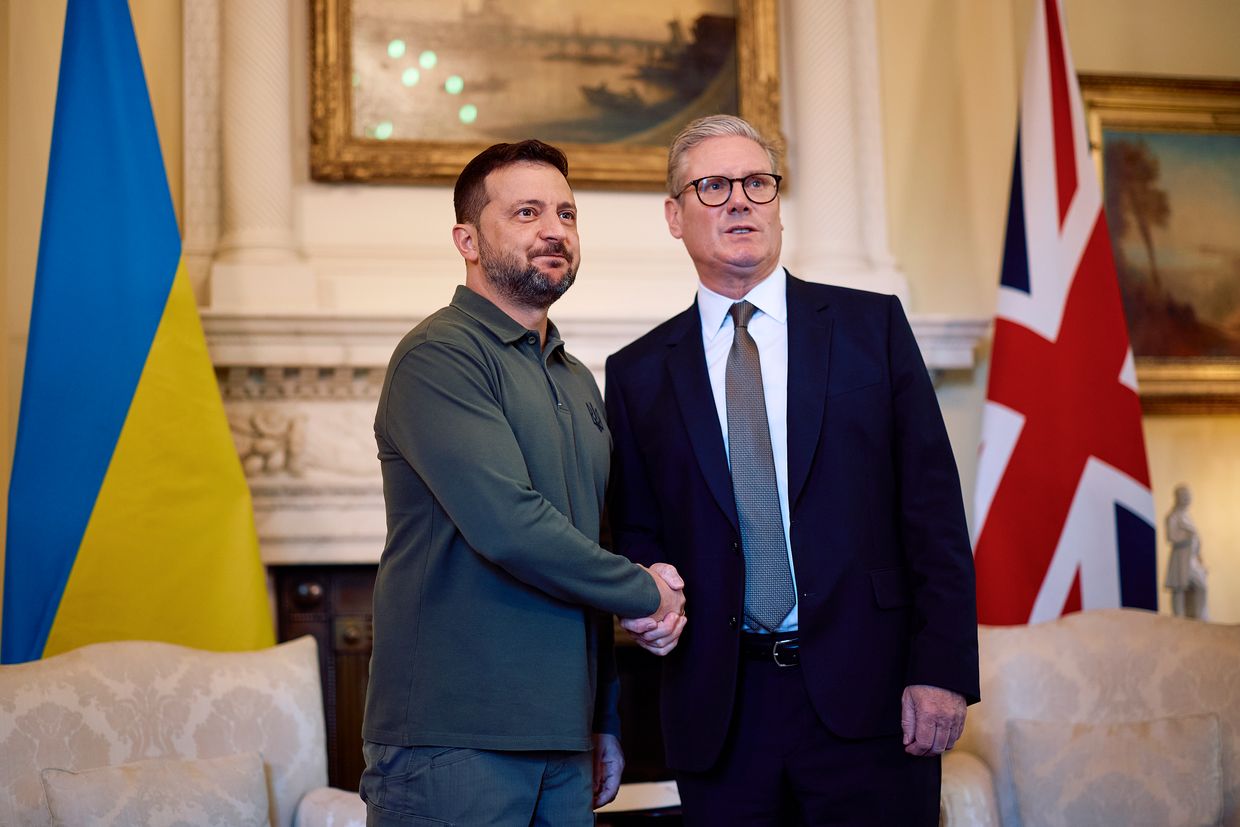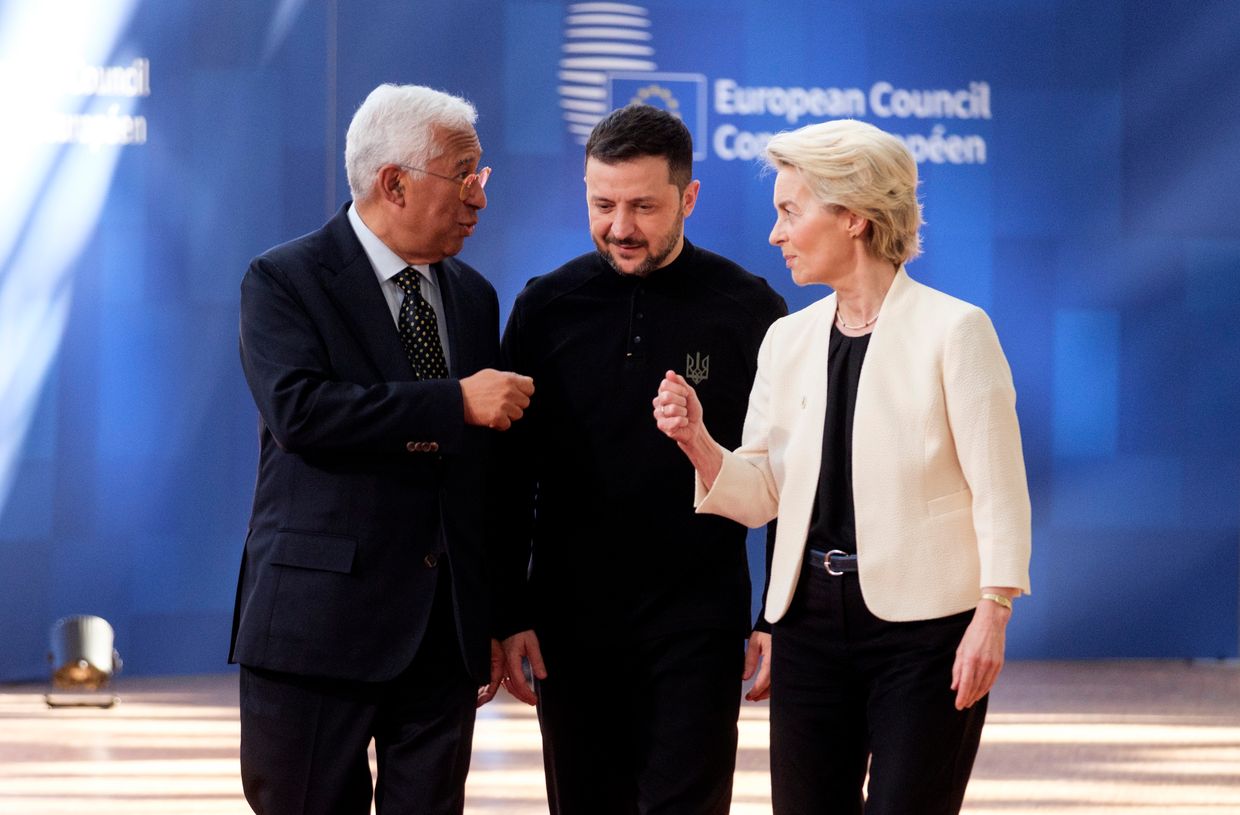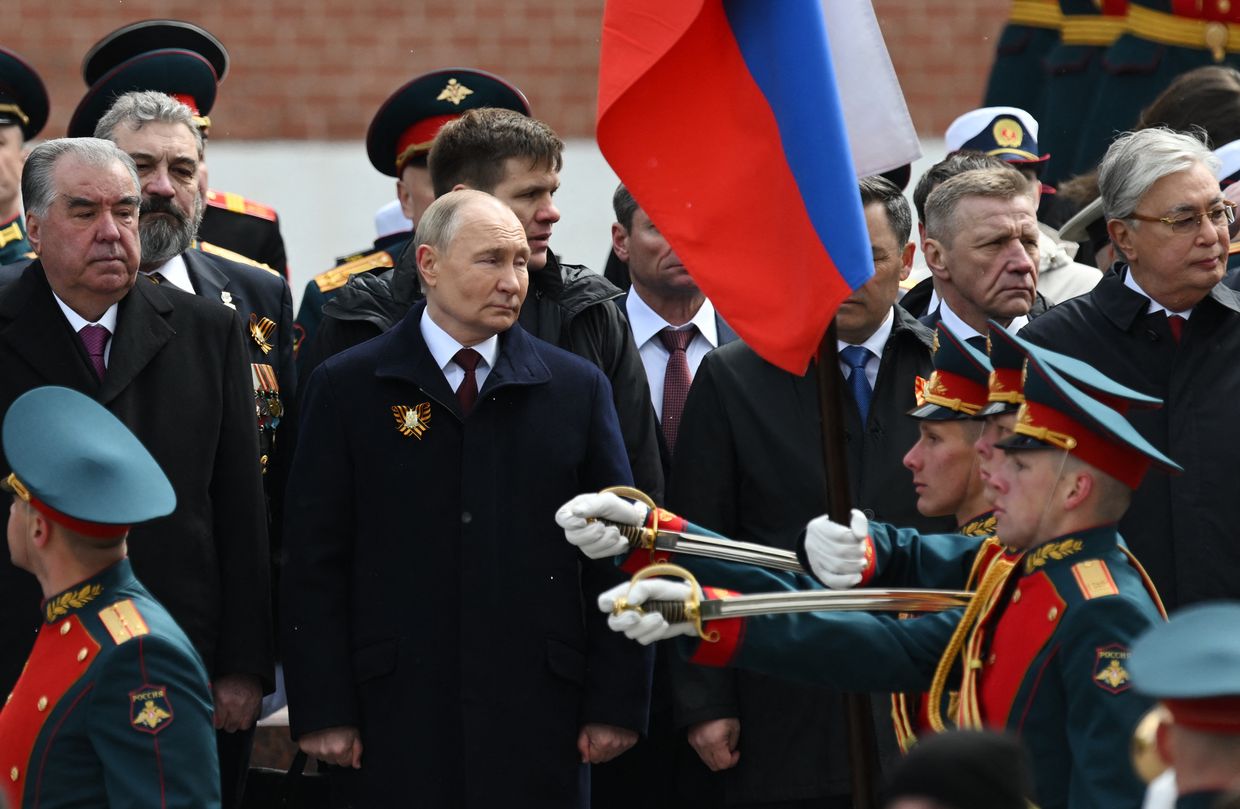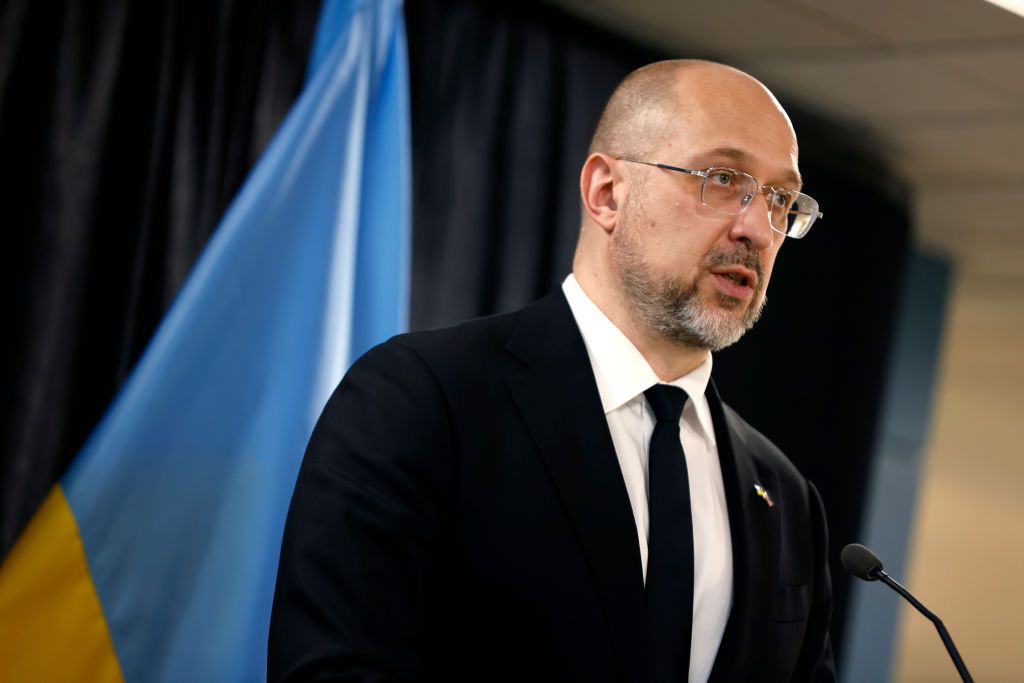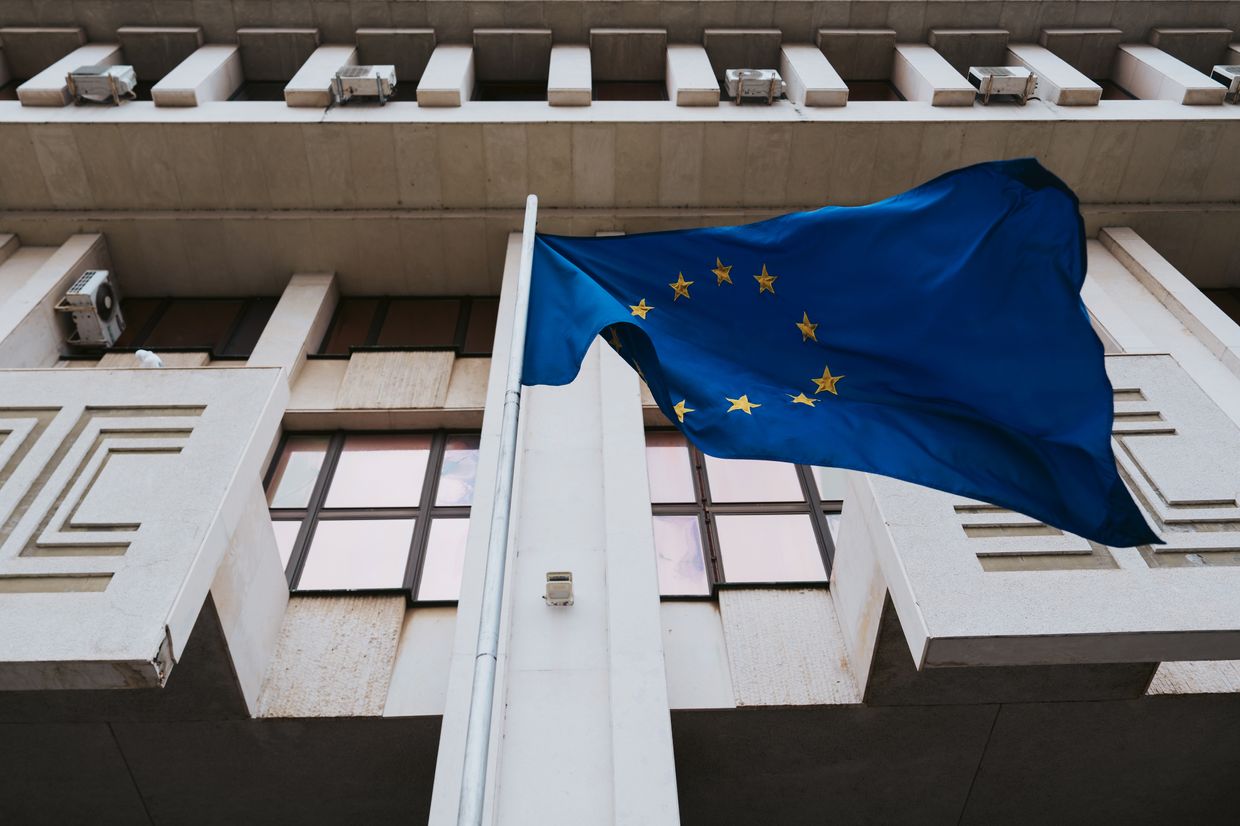Poland says let Russia pay for US weapons to Ukraine, not European taxpayers
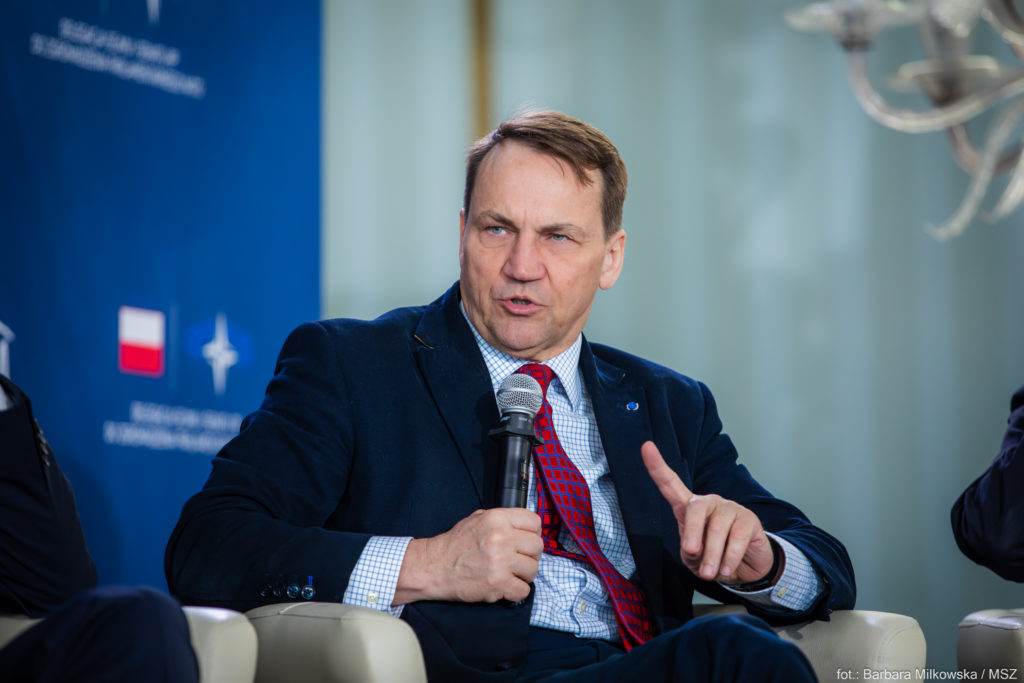
Polish Foreign Minister Radosław Sikorski stated that it should not be Europe, but Russia itself, using its frozen assets, that pays for American weapons for Ukraine. He made this comment in response to the new US and NATO initiative to rearm Kyiv, PAP reports.
On 14 July, US President Donald Trump announced the delivery of 17 Patriot air defense systems to Kyiv and a new agreement with NATO under which allies will pay for US weapons for Ukraine. Trump also issued an ultimatum: Russia will face 100% tariffs if it doesn’t end the war within 50 days.
“I asked my fellow foreign ministers: Who should pay for American equipment? Should it be European taxpayers, or, in my opinion, should the aggressor pay for it using its frozen funds?” Sikorski said following a meeting of EU foreign ministers.
He voiced support for Trump’s new plan with a 50-day deadline: if Russia does not end the war within this period, the US will impose tough sanctions on Moscow and its partners.
“We hope that this 50-day window before potential US sanctions is a time to increase pressure on the Russian Federation so that it finally comes to its senses,” the Polish foreign minister emphasized.
Sikorski also noted his approval of Washington’s new stance on the war, adding that he is pleased the US president has now reached the same conclusions that EU countries had drawn earlier.
Earlier, Kaja Kallas, EU foreign policy chief, said that the timeline of a 50-day ultimatum to Putin for Ukraine peace talks is too long, as civilians die daily.
Also, Trump did not clarify what would happen if Russia refuses to agree to a peace deal with Ukraine. Meanwhile, the deadline coincides with the timeframe reportedly shared by Putin during a recent conversation, in which he stated that Moscow plans to escalate military operations in eastern Ukraine. This effectively gives Putin 1,5 months to continue killing Ukrainian civilians.
